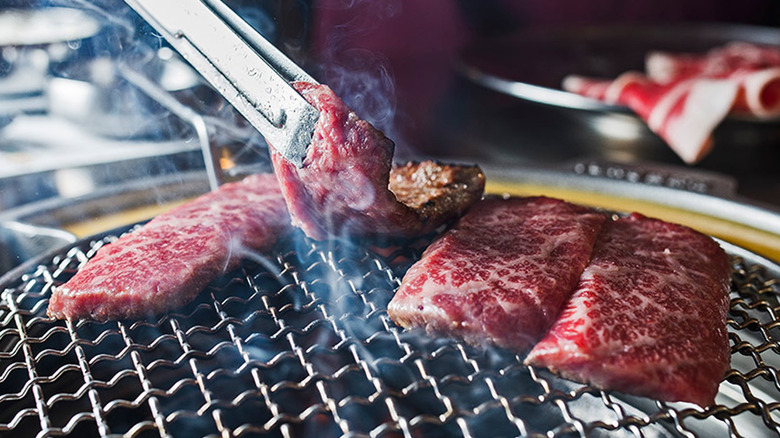The Biggest Myth About Searing Meat
Searing meat does not actually lock in juices
We may receive a commission on purchases made from links.
Searing meat seals in moisture to create a juicier final product, right? Wrong. If you've been living under this misguided impression your whole life, it's time to set things straight.
Author of On Food and Cooking Harold McGee calls it "the biggest myth in cooking" that he's been "trying to debunk for decades." Though searing serves an important purpose, keeping meat juicy is not it.
RELATED This Grill Literally Uses Rocket Science to Help You Cook "
In fact, cooking meat in a pan over high heat before roasting it in the oven actually leads to moisture loss. Alton Brown conducted an experiment to prove it. In a video for Food Network, Brown weighed two steaks, one that was seared before roasting and one that just roasted in the oven. The roasted steak lost 13 percent of its weight while cooking, while the seared and roasted steak lost 19 percent.
McGee clarifies that the most important factor in keeping meat moist is temperature and making sure it doesn't get too high. He says around 140 degrees Fahrenheit should be the maximum.
Writer J. Kenji López-Alt agrees, saying the myth has been "conclusively proven false many times."
None of this is to say you shouldn't sear meat, however. Searing serves the very important purpose of building flavor and texture. A hot pan can create a golden, caramelized crust through a process called the Maillard reaction. Cooking above 250 degrees imparts that savory flavor and aroma that will leave you salivating.
